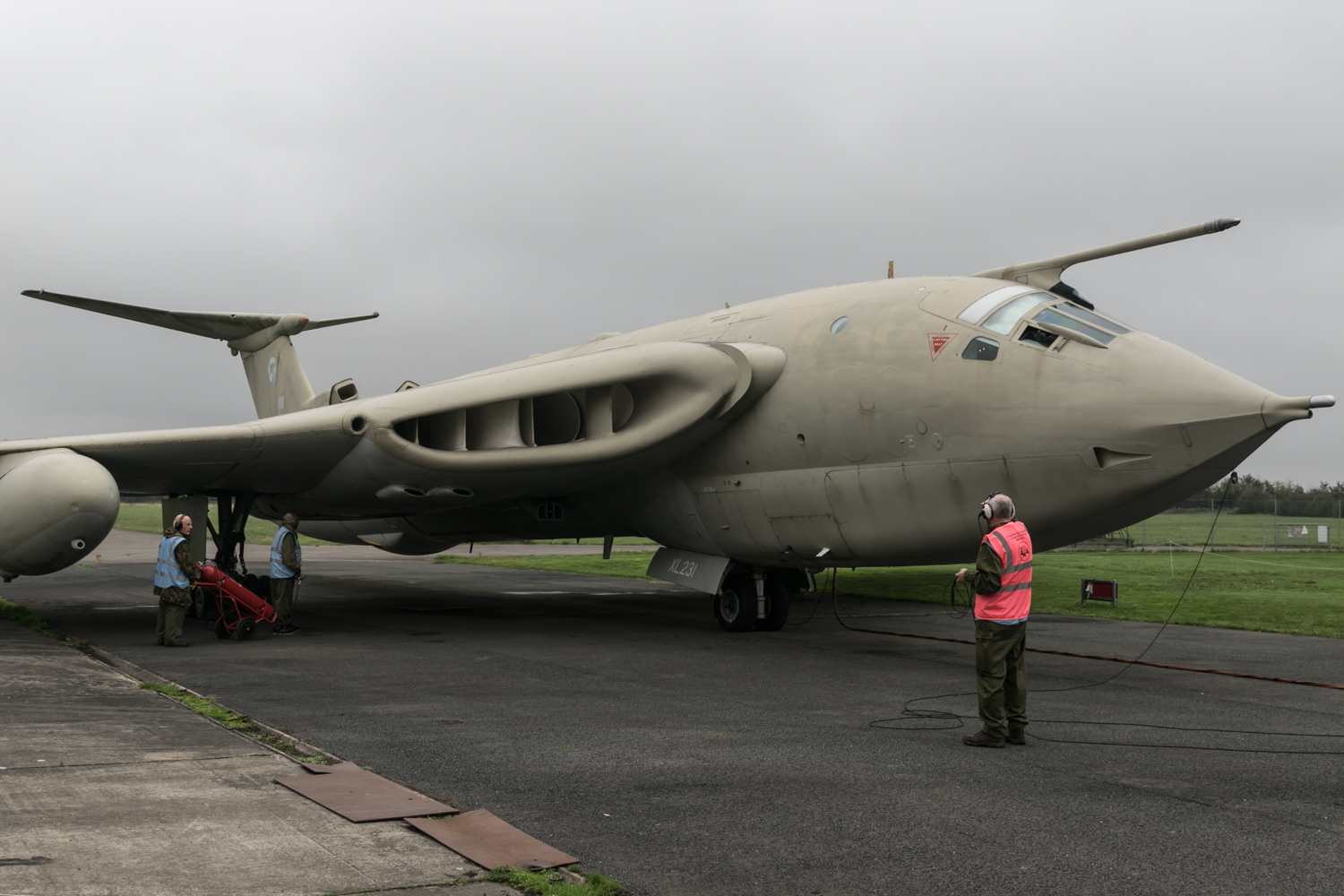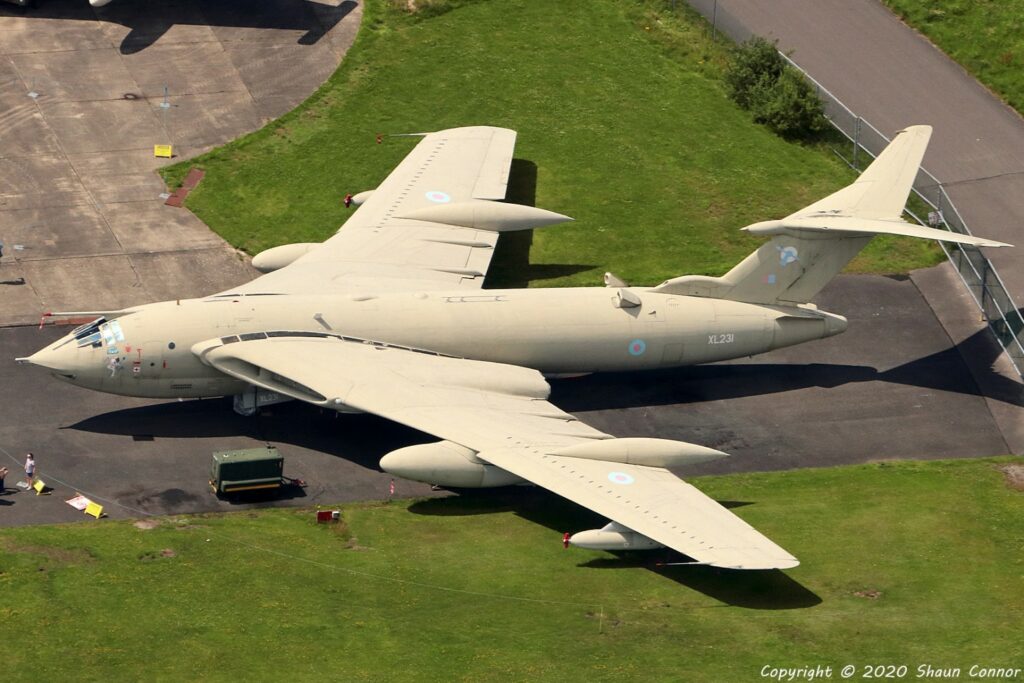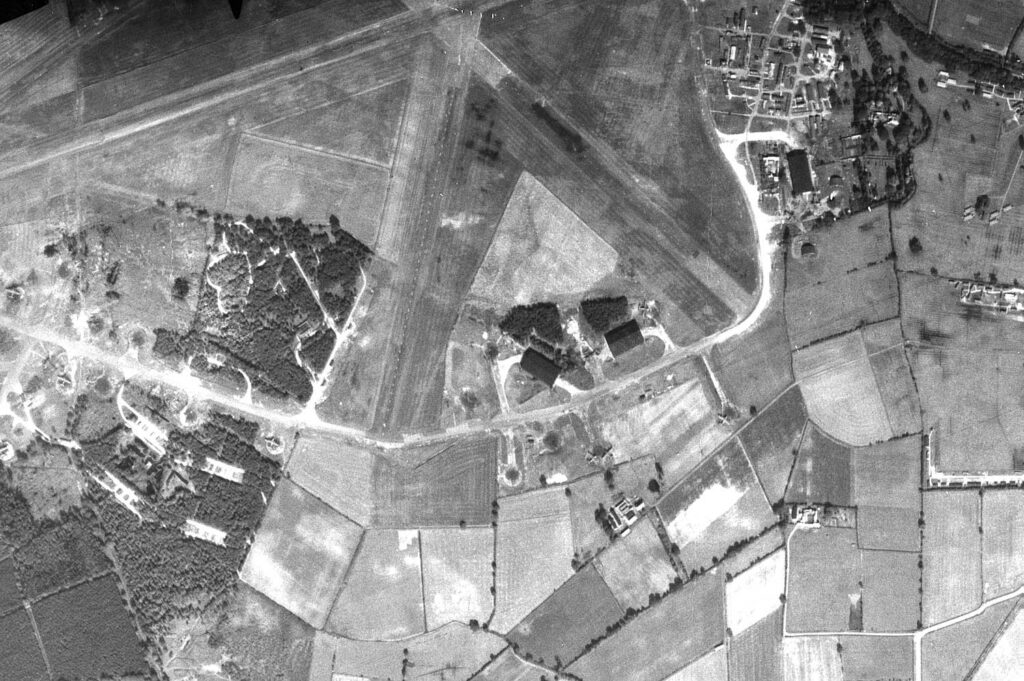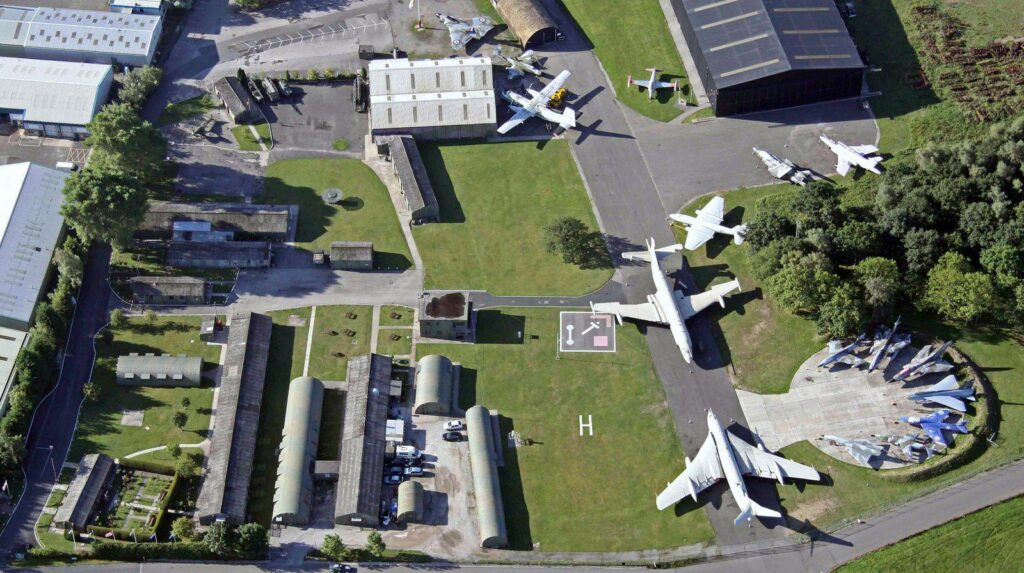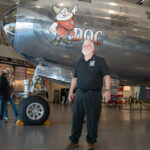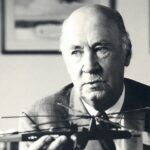On Saturday, November 25, to mark the 30th anniversary since its arrival at the Yorkshire Air Museum, the Handley Page Victor ‘ Lusty Lindy‘ fired up its engines. Hundreds of people attended the event and heard the iconic Cold War strategic bomber being run-up. ‘Lusty Lindy’ flew into the museum on November 25th, 1993 at 2.12 pm. At that exact time on Saturday 25th November 2023, the aircraft, which saw action as a tanker in the Falklands conflict, carried out an engine run for the public.
As reported on the Yorkshire Air Museum’s website, the Handley Page Victor K.2 tanker evolved from the original Victor B.2, ‘V’-bomber, which entered service with the Royal Air Force in October 1961. The first K.2 flew from Woodford on March 1, 1972. It had a crew of five and was powered by four Rolls-Royce Conway turbofans of 20,600 lb thrust each. It had a maximum speed of 640 mph (Mach 0.92) at 40,000 feet, a ceiling of 59,000 feet, and a range of 3,500 miles.
Victor K.2s made a substantial contribution to the Falklands War, flying over 3,000 hours and making over 600 air refueling sorties from Ascension Island, in support of the Vulcans, Nimrods, Hercules, and Harriers. They also flew in the Gulf War, refueling the Tornado and other allied aircraft. The Victor’s outstanding versatility and advanced design enabled it to have the longest service of all the ‘V-bomber’ generation.
XL231 joined 139 Squadron on February 1, 1962, returning to Handley Page for conversion to a B(S.R) Mk 2 in November 1963 and joining the Wittering Wing in July 1964. It was converted to become the prototype K.2 Tanker on January 23, 1972, and saw service in the Falklands War, in support of the air operations from Ascension Island, and later in the Gulf War. It was flown into retirement at Elvington in November 1993.







